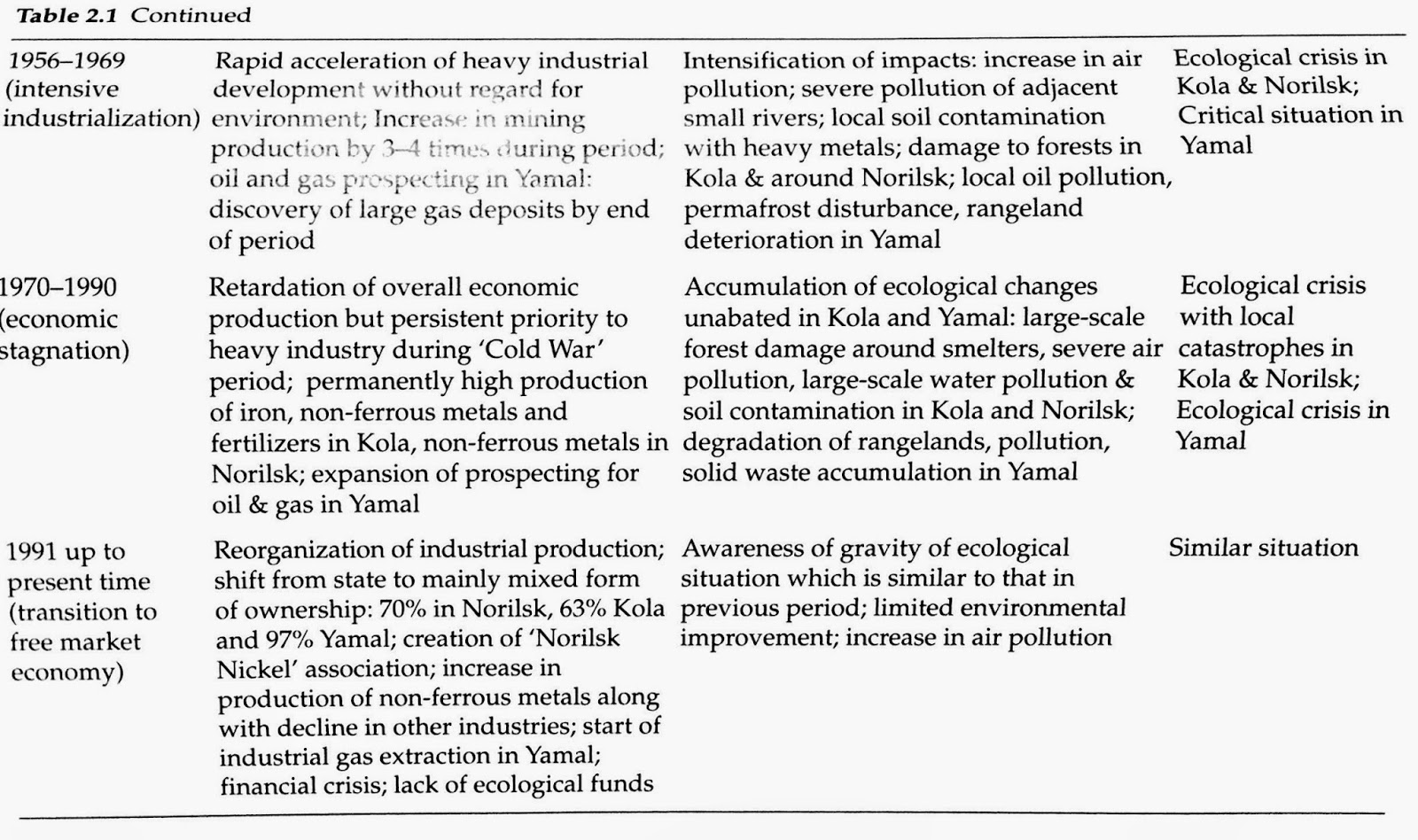Throughout the three months of blogging I had a chance to investigate on various aspects of ecology in the USSR, whether it was water, air or land pollution.
Keeping my focus on geographical area, rather than a particular ecological issue, helped me to understand the logic behind the socialist mentality, which led us to the environment conditions we are living in today.
The Soviet Union suffered from a massive «tragedy of the commons», a theory developed by Garett Hardin in 1968. It implies that where property is communally or governmentally owned and treated as a free resource, resources will inevitably be overused with little regard for future consequences. The problem here lies within the human nature, which leads inevitably to unsustainable outcomes.
The Soviet government promoted the economic growth at all costs, the mentality where under-production was a massive failing and overproduction was highly rewarded. The centralised planning system deliberately overestimated available resources inputs and set unrealistic production targets, which made environmental concerns a secondary issue.
The industrialist drive under Soviet leaders was accompanied by some of the most shocking environmental projects of all times, aimed at the economic transformation of the country.
The Great Plan for the Transformation of Nature developed by Joseph Stalin led to the complete disappearance of Aral Sea, which was supposed to be turned into the rice plantations.
Khrushev’s Virgin Land scheme was aimed at cultivating the grain at the extremely infertile lands of West Siberia and Northern Kazakhstan.
The proposed diversion of some of the mightiest Siberian rivers would have resulted into a marked change in the hydrological regime of western Siberia if it had been implemented.
This «human dominion over nature» approach is still felt today in the Russian Federation when you are looking at the extreme oil pollution in the Arctic North or «industrial desert» which was formed around the city of Norilsk.


















